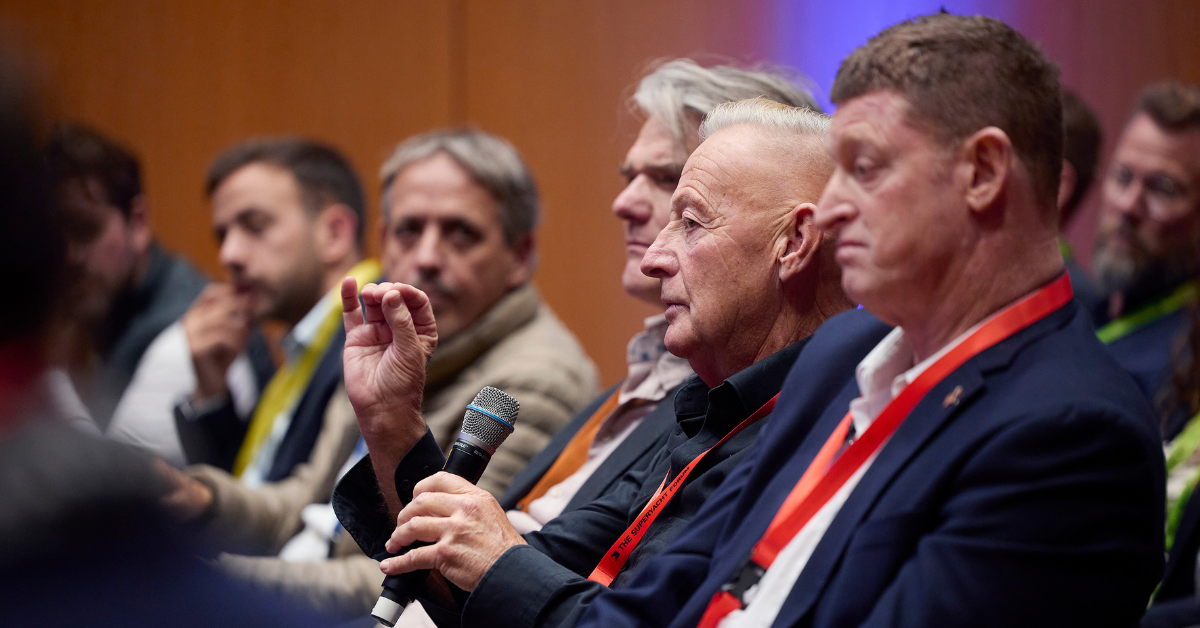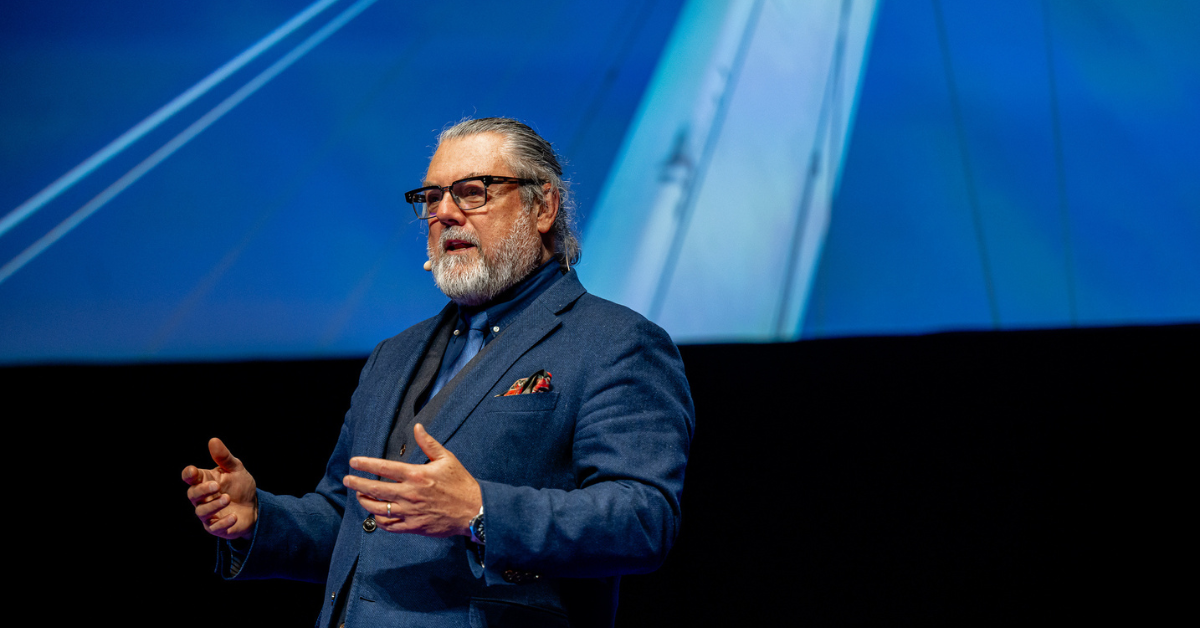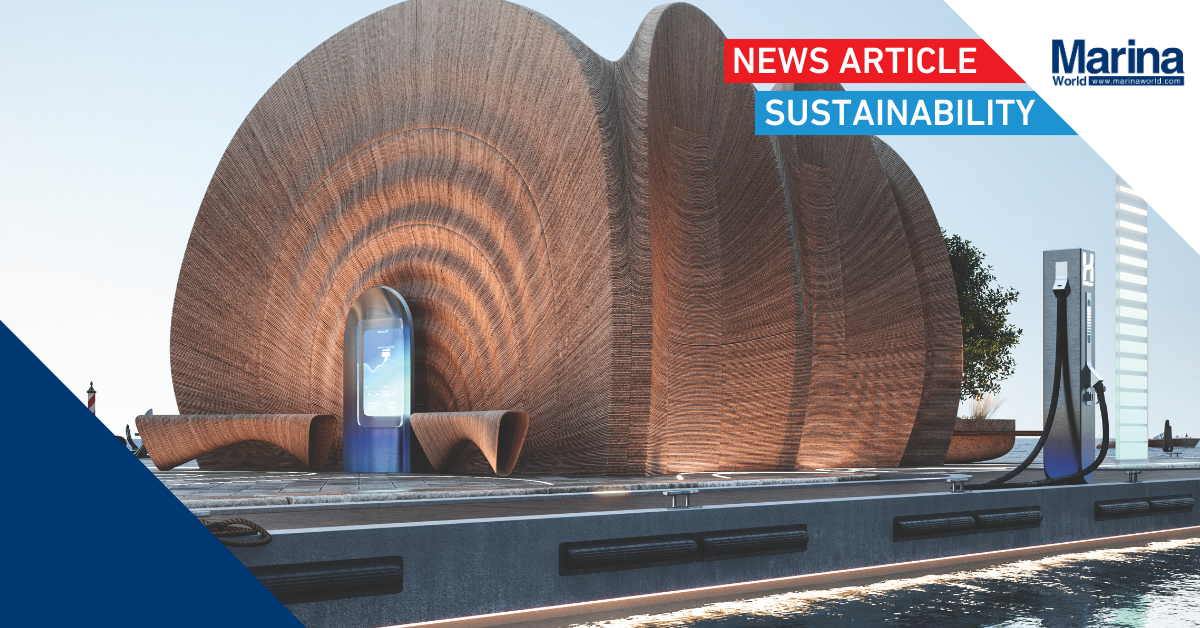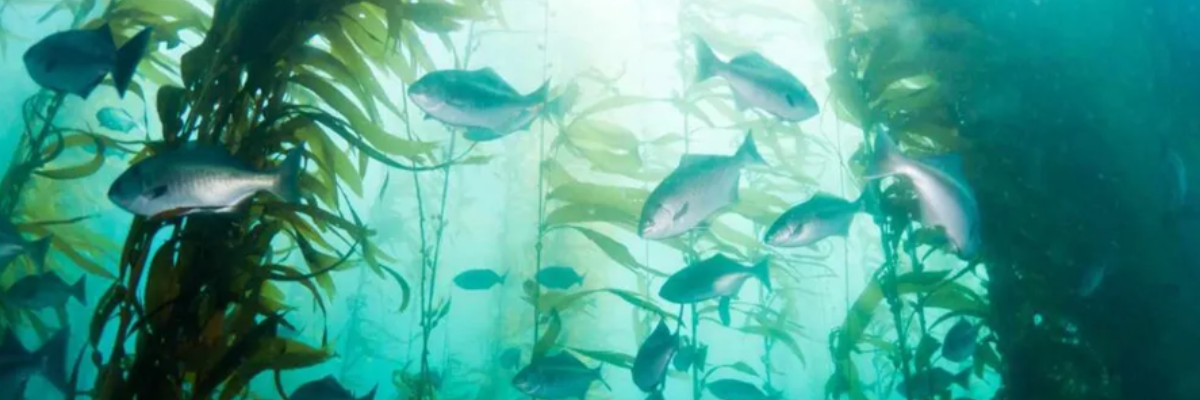How much more onboard energy can boats get from wind power?
With the world firmly in transition mode, the move away from non-renewable energy sources is well underway, and nothing is going to stop that now.
Energy from wind has become a feature of our daily lives, it's hard to go anywhere these days without seeing wind generators on land or offshore. This is particularly true for those of us living in the Netherlands, where the wind tends to blow across the lowlands fairly reliably for most of the year, and wind turbines have become part of the landscape. So, it's not for nothing, that sailing is such a hugely popular hobby in Holland.
Future of wind power
But what about the future of wind power, and its place in the mix of renewable energy sources that are available for providing sustainable onboard power for all types of boats in the marine industry.
Several thoughts around this subject have occurred to me just recently, and these were triggered partly by Ken Wittamore's comments on the METSTRADE sustainability panel last December. Ken mentioned that energy harvesting from a range of renewable sources is becoming the norm in order to meet the demand for more (sustainable) power onboard these days, and that improved performance from wind generators was playing its part, along with ever larger solar arrays.
Eco-friendly ‘Soliloquy’: combining wind energy, solar and hybrid technologies
These ideas prompted me to cast my mind back to 2009, when I was at a Superyacht conference in Palma de Mallorca. A young man named Alastair Callender was there, creating a lot of interest with a scale model of his eco-friendly yacht design named 'Soliloquy.'
I remember chatting to Alastair, and being impressed with the fact that he had just left university, and combining his passion for yachting with a concern for the environment, he had designed the 58 metre eco-friendly superyacht as part of his final year study work.
Apparently inspired by Masdar City, a zero emission, self sustainable, ultra-green project in the Middle East, the young student had managed to put together an award winning innovative design which certainly got the whole marine industry thinking. Looking back now, Soliloquy was a futuristic view on ‘things to come’, when you consider that Alastair’s actual work input was carried out well over a decade ago.
Clearly the design of the yacht was very much focused on the potential to capture wind power as part of the energy mix. Aimed at combining wind power, solar power and hybrid motor technologies, she had three large rigid wing sails, fitted with solar panels that could move independently in order to make optimal use of wind and / or sun. These were able to be folded down, giving the yacht a sleek elegant profile when they were not in use.
Energy Observer vessel added ‘Ocean Wings’ for wind energy
A couple of years ago, I had the privilege to visit the Energy Observer vessel during her stopover in Amsterdam. As most people know by now, she is a floating laboratory cruising the oceans of the world, whilst perfecting renewable energy solutions such as hydrogen for future maritime use. Whilst in Amsterdam she was being fitted with a set of ‘Ocean Wings’ which the crew described as wind turbine thrusters.
The purpose of this addition to the vessel’s arsenal of renewable energy sources, was to reduce power consumption, accelerate speed, and most crucially, to enable the production of energy and hydrogen whilst navigating. The pair of wings each have a surface area of 31.5 m², and are self-supporting with a rotation capacity of 360°.
The installation of the wings was encouraged by a number of previous wind power simulation exercises carried out on a variety of different types of boat. The data produced from such tests gave promising results on energy savings of between 18% and 42%.
Wind power has significant potential for the maritime industry. Taking into account the fact, that 90% of global commerce is transported at sea, and emits into the atmosphere large amounts of C02, plus fine particle toxic pollutants such as nitrogen dioxide (NOx), and sulfur dioxide (SOx.)
Windship Technology promises a breakthrough
Bringing the story right up to date, and following the same promising use of wind as a naturally occurring element, the UK based Windship organisation have recently announced successful trial results in their development of a patented triple wing rig.
Following extensive computational performance testing by the Wolfson Unit at Southampton University in UK, the Windship rig design has been confirmed to achieve significant fuel and emission savings, conservatively estimated at 30% on a typical 125,000 ton (deadweight) commercial cargo ship.
Windship have patented their technology which includes multiple pairs of leading and trailing aerofoil sections, supported on a rotatable spar, with an adjustable angular position. And in order to clear the decks for port navigation and cargo handling purposes, the 48m wing rig structure is designed so that it can be lowered and stowed.
When it comes to meeting future emission reduction targets, the company claims to be confident in having the most practical solution for operators of large commercial cargo ships. This is on the basis of the wing rigs being part of a ‘whole ship design,’ where large solar power arrays, carbon capture, optimised hull shapes, and specialised weather routing software are all part of the package.
Doesn’t much of this sound similar to Alasdair Callender’s Soliliquy eco-friendly superyacht design concept from 12 years ago? And although this project has been focused on harnessing wind power for commercial ships, I do wonder how much of it could be applied to leisure yachting?
Wind generators onboard, who would be without one?
Turning our attention back to what we might expect to see at the upcoming METSTRADE, how about the extensive choice of reliable, powerful and technically advanced wind generators that visitors will be able to peruse at the show.
There is no question that the humble wind generator has come a long way since the early versions came to the market several decades ago. Back then, wind generators were enthusiastically installed on many sailing yachts by owners who were looking for a little more power independence when at sea. After all, if you are relying on wind to propel your sailing boat, why not take advantage of the same free breeze to provide some onboard power.
Many of the early models of onboard wind generators were bulky, noisy, unreliable, poorly marinised, and not very aesthetically pleasing to the eye, but that has all changed now.
These days they come in all shapes and sizes, built around solid state electronics, encapsulated in all weather enclosures, and to suit a wide range of budgets and demands. The benefits of computer aided design, and composite construction have produced some elegant streamlined looking wind generators, some with inbuilt features such as self feathering blades, automatic braking, overcharge protection etc. And thankfully, quiet operation that doesn’t keep everyone on the anchorage awake all night.
See you at METSTRADE 2021… Let's get together and ‘shoot the breeze’ in Amsterdam!
Share your stories on leisure marine industry with us
Do you have an innovation, research results or an other interesting topic you would like to share with the leisure marine equipment industry? The METSTRADE website and social media channels are a great platform to showcase your stories! Let us know via metstrade@rai.nl
Are you a METSTRADE exhibitor?
Make sure you add your latest press releases to your Company Profile in the Exhibitor Portal for free exposure.





.jpg?h=400&iar=0&w=1200)
